In the world of art, rhythm isn’t just about music; it’s a concept that adds life and movement to visual creations.
Unlike the easily recognizable beat in music, rhythm in art might seem elusive at first glance.
However, it’s the subtle repetition, variation, and flow within a piece that give it a sense of harmony and motion.
Through exploring the rhythm definition and delving into notable examples from art history, we’ll uncover how artists use patterns, shapes, colors, and lines to create a visual rhythm that captivates the eye and evokes emotions.
By the end of this exploration, you’ll not only understand rhythm in art but also appreciate how it can transform a static image into a dynamic experience.
Let’s dive in and discover the vibrant pulse of rhythm within the realm of art.
What is Rhythm in Art?
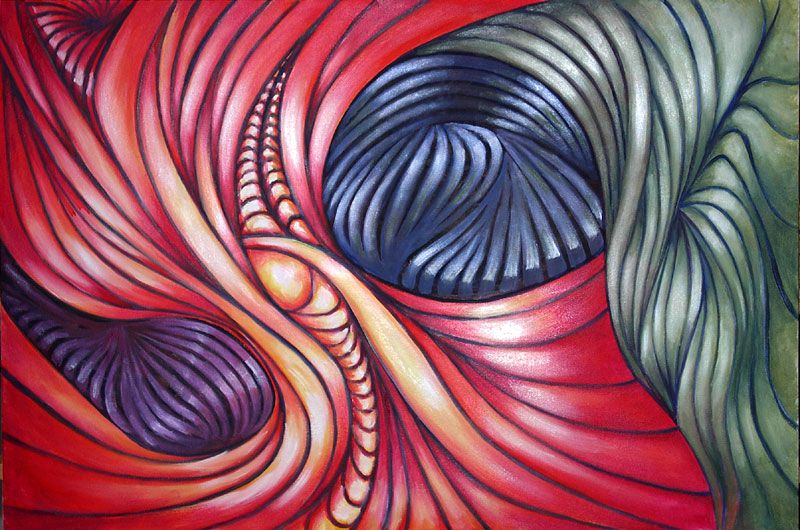
Rhythm in art is like the beat in music but for your eyes. It’s all about how different elements in a piece of art, like lines, shapes, colors, or textures, repeat or flow together.
It’s not just about things being repeated over and over again, but also about the spaces in between those repetitions, like the pauses in a song. These spaces can make you feel like the art is moving or flowing in a certain way.
When you look at different artworks, you might notice some feel calm and steady, while others might seem more chaotic or jumpy.
That’s because each artist decides where to put things in their artwork to create a specific rhythm or feeling.
So, rhythm in art is all about how the elements in a piece come together to create a sense of movement or flow, just like in music.
7 Principles of Art
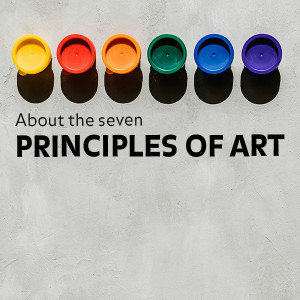
Rhythm is one of the principles of art, not elements of art. You can learn about each principle of art and element of art in the linked articles below:
- Balance
- Contrast and Emphasis
- Movement and Rhythm (we are reading about Rhythm now!)
- Unity and Variety
- Harmony
- Pattern
- Proportions and Scale
7 Elements of Art

How is Rhythm used in Art?

Rhythm plays a crucial role across various forms of art, including visual art, music, dance, and poetry.
In visual art, rhythm is achieved through repeated elements like shapes, colors, or lines, creating a sense of movement or pattern. This repetition forms a rhythmic pattern that guides the viewer through the artwork.
In music, rhythm is the heartbeat of the composition, made up of a recurring beat created by patterns of sounds and pauses. This beat not only provides structure but also conveys different emotions and ideas within the music.
In poetry, rhythm refers to the regularity of stresses and beats within individual lines. Poets manipulate rhythm to create various effects, from a steady and predictable beat to more complex and syncopated rhythms, adding depth and musicality to their work.
5 Types of Visual Art Rhythm
Rhythm in art can be categorized into five types:
- Regular Rhythm
- Random Rhythm
- Flowing Rhythm
- Alternating Rhythm
- Progressive Rhythm
Regular Rhythm in Art
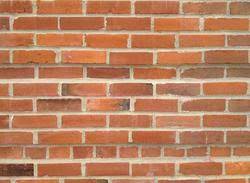
Regular rhythm in visual art is like a steady beat or pattern that repeats predictably, giving a sense of order and stability. Imagine a row of houses all lined up neatly, each looking the same.
Claude Monet’s painting “A Row of Poplar Trees Line the River Epte” is a perfect example.
In this painting, the tall poplar trees along the riverbank create a clear, repeating pattern with their vertical lines. They’re evenly spaced and arranged in a straight line, making your eyes follow along.
Another example is Ferdinand Hodler’s artwork, where he uses repeating shapes in an organized way. Imagine rows of rectangles stacked neatly on top of each other. Even the clouds in the sky seem to follow a pattern, adding to the regular rhythm of the painting.
So, regular rhythm in visual art is all about repeating elements in a predictable way, creating a sense of order and harmony.
Random Rhythm in Art
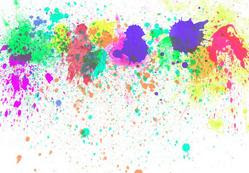
Random rhythm in art is like the surprise in a party. It’s when things are scattered or placed without a set pattern. This creates a lively and spontaneous feel, adding energy to the artwork.
Even though it might seem like the elements are haphazardly placed, artists often do it intentionally to evoke a sense of excitement or movement.
For example, Thomas Rowlandson’s painting, “A Review of the Northampton Militia at Brackley,” shows both regular and random rhythms.
The soldiers in uniform form a regular rhythm, like a steady drumbeat, while the diverse crowd in the foreground creates a random rhythm, capturing the bustling energy of a lively gathering.
Similarly, Jackson Pollock’s drip paintings exemplify random rhythm. His artworks are filled with chaotic splatters and drips of paint, giving them a sense of spontaneity and movement.
So, random rhythm in art adds a dash of excitement and liveliness, making the artwork dynamic and engaging.
Flowing Rhythm in Art

Flowing rhythm in art is like a smooth dance of elements, creating a feeling of harmony and movement. Picture waves gently rolling in the ocean or leaves swaying on a tree – that’s flowing rhythm.
Think of paintings like “Starry Night” by Vincent Van Gogh. The swirling brushstrokes throughout the sky give a sense of constant motion, like the stars and clouds are dancing. It’s like the whole painting is alive with energy and grace.
Another example is “Rehearsal of the Pasdeloup Orchestra at the Cirque d’Hiver” by John Singer Sargent.
The circle of musicians pulls your attention in, and then your eyes follow the flowing lines and shapes throughout the piece. It’s like a circular journey guided by the artist’s clever use of lines and patterns.
Alternating Rhythm in Art
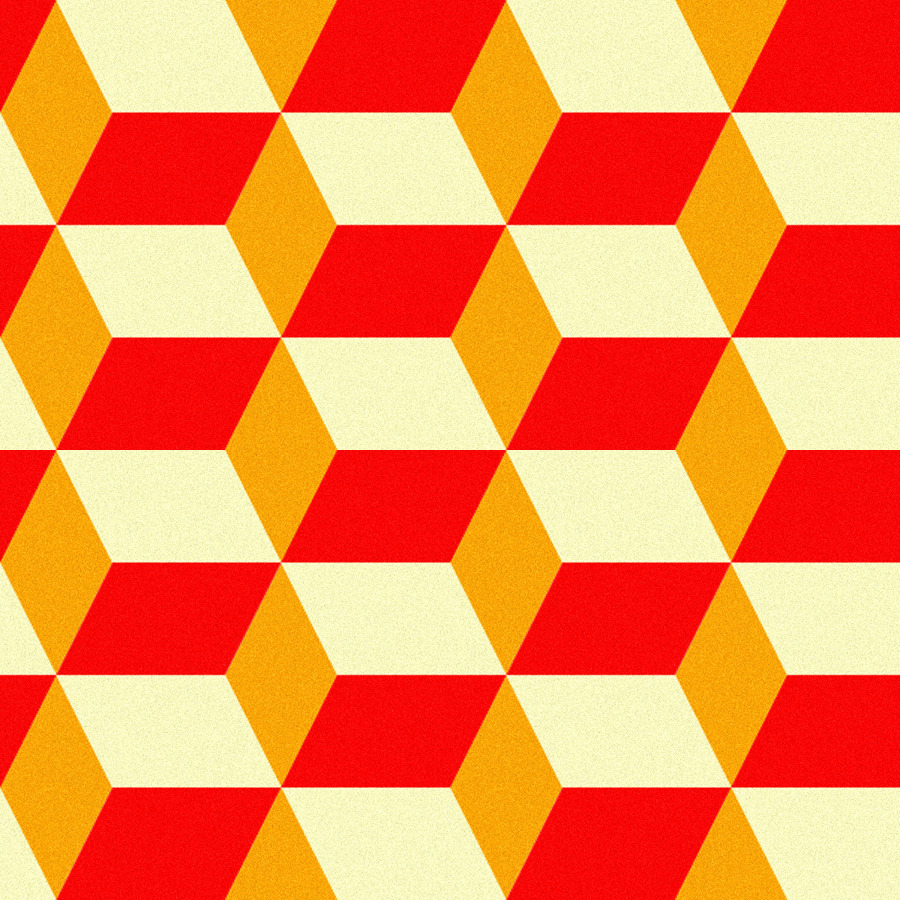
Alternating rhythm in visual art is like a lively dance of different elements repeating in a predictable way.
Imagine a shirt with stripes or a chessboard with black and white squares—these create a dynamic pattern that keeps your eyes engaged.
One famous painting showcasing alternating rhythm is ‘Endless Rhythm‘ by Robert Delaunay.
In this artwork, circles of various sizes and colors take turns in a playful dance across the canvas. Big circles alternate with small ones, and warm colors swap with cool ones, creating a vibrant rhythm that draws you in.
Similarly, the works of Hans Hinterreiter also excel in this type of rhythm, where elements take turns in a harmonious yet exciting sequence.
Progressive Rhythm in Art
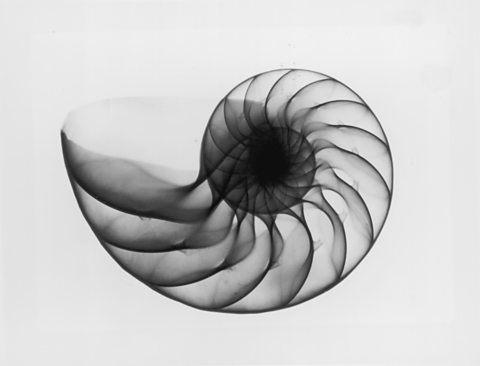
Progressive rhythm in art is like a gradual journey of change. Imagine watching a caterpillar transform into a butterfly or a tiny seed blooming into a beautiful flower over time. It’s all about things evolving slowly.
Take Rosa Bonheur’s painting “Ploughing in Nevers” as an example. Notice how the elements seem to grow larger as they move closer to you in the painting. It’s like you’re walking alongside the cattle as they pull their plows, feeling the steady rhythm of their movement.
Similarly, in John Constable’s “Cenotaph to the Memory of Sir Joshua Reynolds,” you can see the progression of elements from foreground to background.
There’s more happening as you move deeper into the painting, leading your eyes toward the memorial nestled among the trees.
Techniques Used to Create Rhythm
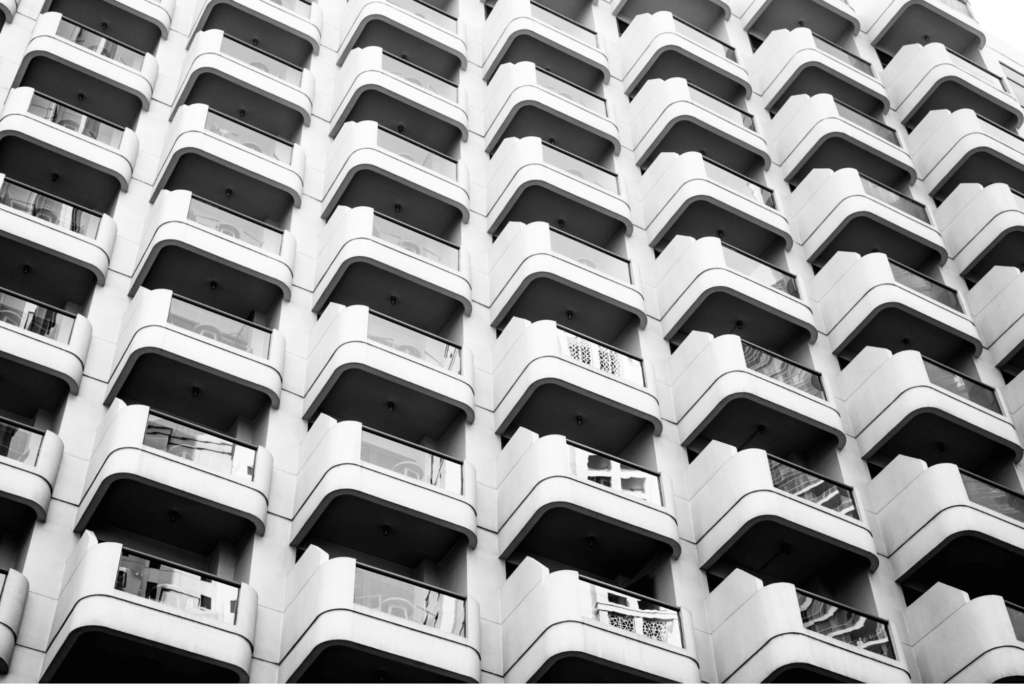
There are various techniques used to create visual and auditory rhythm in art, depending on the artist’s medium and style of expression.
Let’s take a look at some of the fundamentals.
Repetition
Repetition is like the heartbeat of rhythm in art. It’s when artists use the same stuff over and over again in their work.
For instance, they might use the same shapes or colors repeatedly. This repetition makes a sort of pattern that helps your eyes move smoothly across the artwork.
When artists repeat certain things, like themes or images, it’s not just for fun. It helps to focus your attention on specific parts of the artwork, kind of like highlighting important bits in a text.
By using repetition cleverly, artists can make their artworks feel like they’re dancing or singing, creating a rhythm that you can feel as you look at it.
Variation
In creating rhythm in art, artists often use a technique called variation.
This means they make things different from each other in the artwork. They might change the shape, size, color, or what the objects represent.
For instance, they could use different colors for objects or make them different sizes. This contrast adds movement and grabs the viewer’s attention.
Variation is like adding spice to a dish – it makes the artwork more interesting.
By mixing repetition with variation, artists strike a good balance between order and chaos in their work, making it visually appealing and engaging for the viewer.
Contrast
Contrast plays a big role in making rhythm in art. It’s all about using differences to make things interesting. Imagine a painting where colors, shapes, or sizes stand out from each other.
For instance, you might see a mix of light and dark colors or big and small shapes.
When artists mix contrast with repeating patterns and changing things up a bit, they create a kind of visual dance. This makes the artwork more exciting and fun to look at. It’s like a journey for your eyes as they move around the piece, noticing all the cool differences.
Graduation
Graduation is like taking small steps or making subtle changes to create a smooth flow or rhythm in something, like a piece of art or music.
For example, imagine you’re painting a picture. Instead of abruptly changing colors or shapes, you gradually transition between them.
So, if you’re painting a sky with different shades of blue, you might start with a light blue at the horizon and gradually blend it into a darker blue at the top. This gradual change creates a sense of movement and harmony in your painting.
Conclusion
In the realm of art, rhythm emerges not merely as a musical concept but as the pulsating essence that infuses life and vitality into visual compositions.
From the organized repetition of regular rhythm to the spontaneous energy of random rhythm, and the graceful flow of flowing rhythm to the dynamic interplay of alternating and progressive rhythms, each type orchestrates a unique symphony of motion and harmony.
Artists, employing techniques like repetition, variation, contrast, and graduation, sculpt rhythm into their creations, guiding our gaze and stirring our souls.
As we conclude this exploration, let us embrace rhythm as more than a principle but as the heartbeat that animates the visual landscape, forever enchanting us with its vibrant pulse and timeless dance.

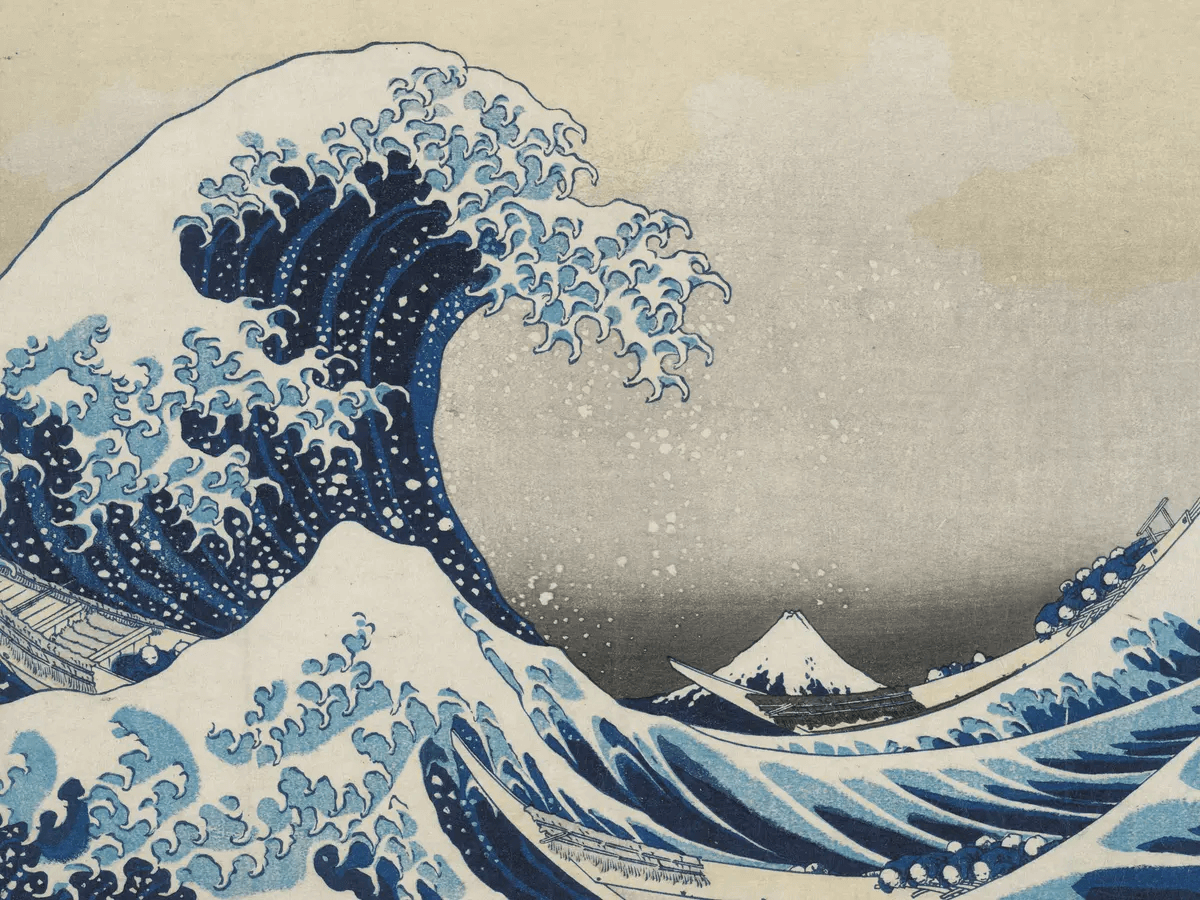
Leave a Reply